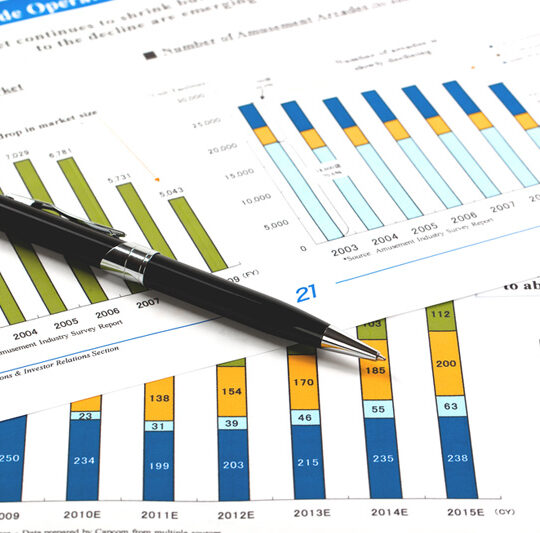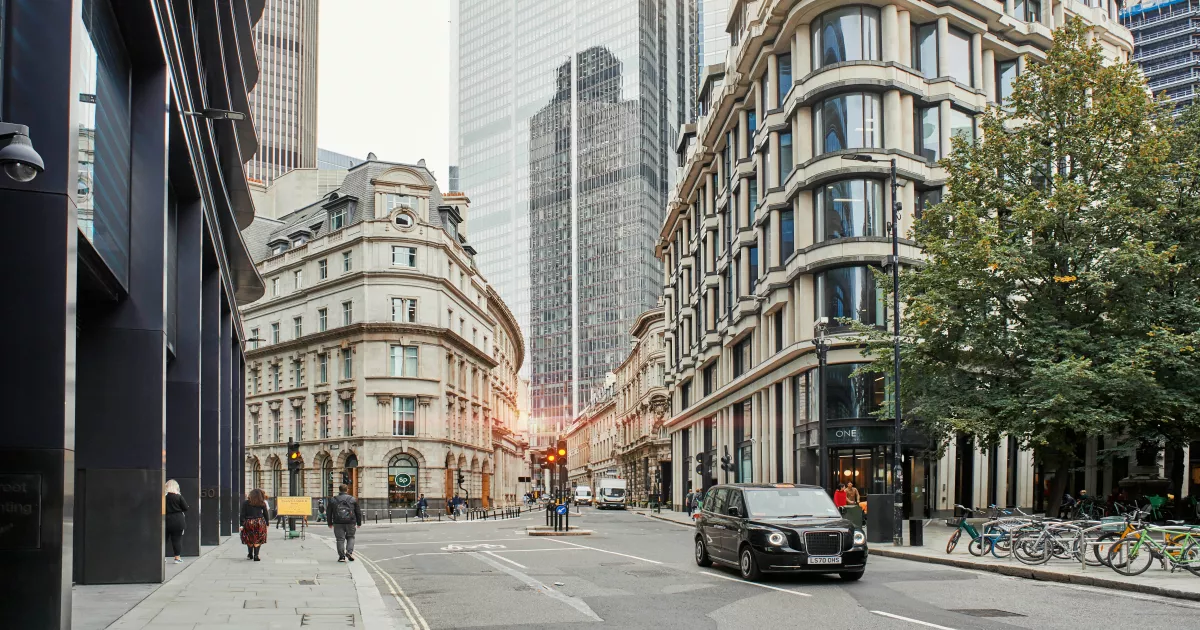
Tags :access:freessts:money:foodsstsn:Foodtag:Agriculture & Forestrytag:Caffeinetag:Centers for Disease Controltag:Central Regiontag:Coffee (beverage)tag:Coffee & Teatag:East Regiontag:Environmental Defense Fundtag:Environmental Working Grouptag:Federal regulationstag:Modular Storytag:Network trendingtag:Overall Negativetag:Public Healthtag:U.S. Food and Drug Administrationtag:West Regiontype:story
add a comment













